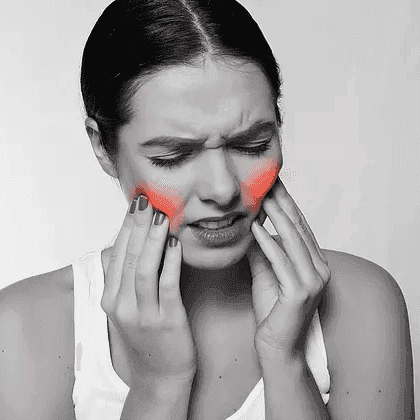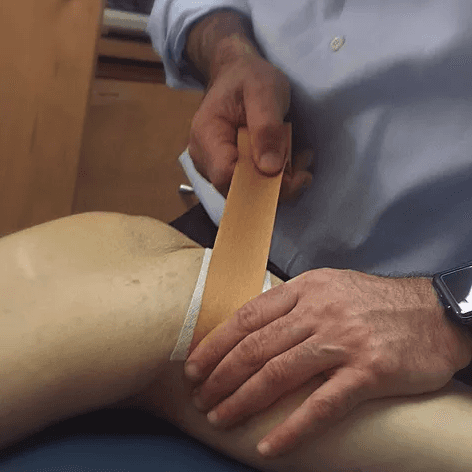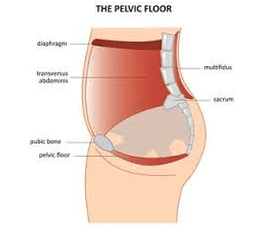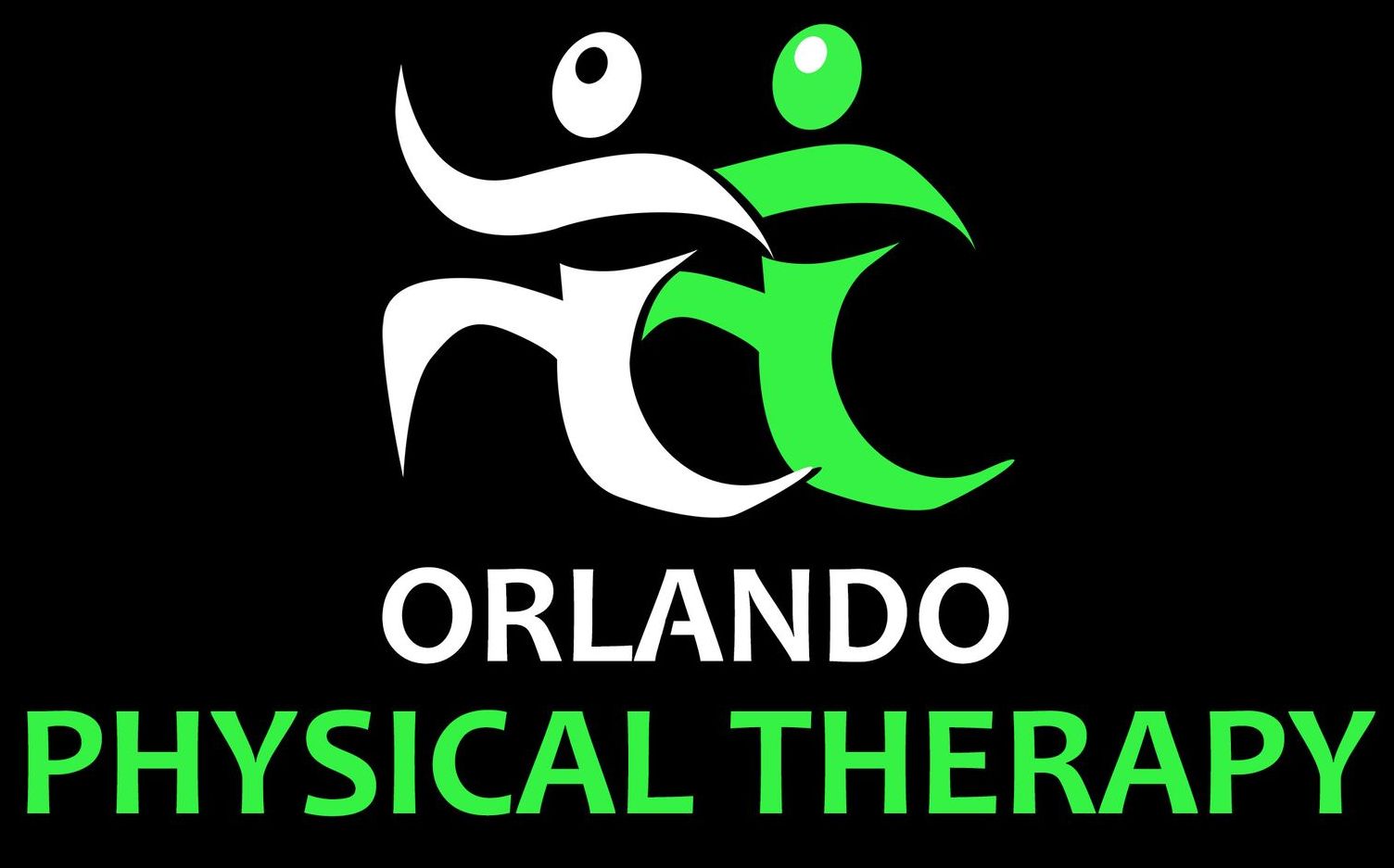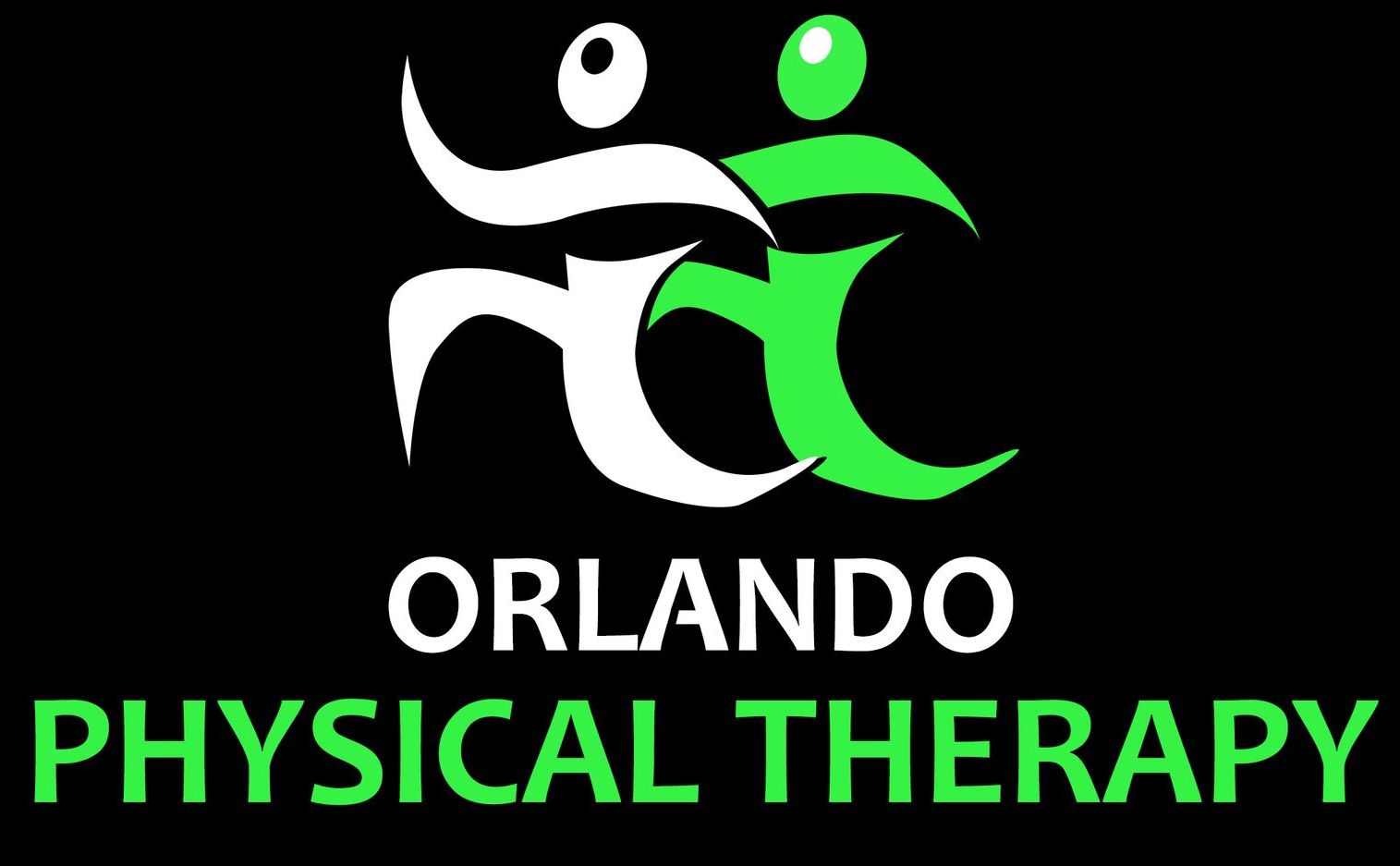Benefits of Aquatic Therapy

Aquatic Therapy is defined as physical therapy that takes place in a pool or another aquatic environment under the supervision of a trained healthcare professional. Aquatic therapy is also known as water therapy, aquatic rehabilitation, pool therapy, therapeutic aquatic exercise or hydrotherapy.
Common goals of aqua therapy programs include: Improving flexibility, balance and coordination.Building muscle strength and endurance. Enhancing aerobic capacity, Assisting with gait and locomotion. Lastly, reducing stress and promoting relaxation
It is different from aquatic exercise or aquatic fitness because it is a physical medicine and rehabilitation specialty that requires the involvement of a trained professional and is covered by many insurance providers due to the personalized nature of the treatment.
Aquatic therapy should not be confused with adaptive aquatics, either. Adaptive aquatics is the process of teaching people with disabilities how to swim safely in the water. Aquatic therapy does not focus on teaching clients how to swim.
There are different types of aquatic therapy, listed below are a few popular examples.
- Hydro-Massage a relaxing form of water-based hydrotherapy massage that can take place in a dedicated spa pool or in a specially designed bath.
- Aqua Running provides an excellent cardiovascular workout, but can lead to joint damage. However, with an underwater treadmill, it’s possible to enjoy all the benefits of running.Underwater treadmills can be used to help athletes recover from injuries or to regain full-body motion after surgery.
- Bad Ragaz Ring Method's goal is to develop a water-based strengthening and mobilizing resistive exercise model through the use of combined elements of aquatic exercise techniques. The “ring” portion of the name of this water therapy technique refers to the ring-shaped flotation devices used to support the client as they move across the water’s surface.
- Burdenko Method is often used for treating sports-related injuries. It works to improve a patient’s speed, strength, flexibility, coordination, balance and endurance by performing rehabilitative exercises in the water and progressing into performing the exercises on land as their condition improves.
- Halliwick Concept focuses on helping clients develop balance and core stability.

Water Therapy May be Helpful To Clients Suffering From:
- Arthritis
- Arthroscopic surgery recovery
- Autism
- Balance disorders
- Bursitis
- Cerebral palsy
- Chronic pain
- Depression
- Idiopathic joint pain
- Joint reconstruction surgery recovery
- Joint replacement surgery recovery
- Osteoarthritis
- Orthopedic injuries
- Parkinson’s disease
- Multiple sclerosis
- Rheumatoid arthritis
- Scoliosis
- Stress
- Spinal cord injury
- Sprains and strains
- Stroke
- Tendonitis
- Traumatic Brain Injury
- Lower back pain
Benefits of Aqua Therapy:
- Water's natural viscosity or resistance strengthens muscles
- Warm water increases blood flow and delivers needed oxygen and nutrients, and draws blood into the target tissues.
- Warm water also decreases muscle
- spasm, relaxes tense muscles, relieves pain, and can increase range of motion.
- Cold-water therapy produces vasoconstriction, which slows circulation, reducing inflammation, muscle spasm, and pain.
- Hydrostatic pressure supports and stabilizes patients with balance deficits to perform exercises without a fear of falling.
- The respiratory muscles are forced to work harder in the water, allowing for a natural strengthening.
Compared to other forms of physical therapy, aquatic therapy results in a higher client compliance rate and less pain throughout the recovery process. The type of aqua therapy exercises a client needs will depend upon their required rehabilitation, physical limitations as well as the specific method of treatment. Some medical conditions can be aggravated by hydrotherapy. It is a good idea to seek the advice of a healthcare professional prior to beginning hydrotherapy.
References
The Ultimate Guide To Aquatic Therapy. Hydroworx.
Additional Articles
